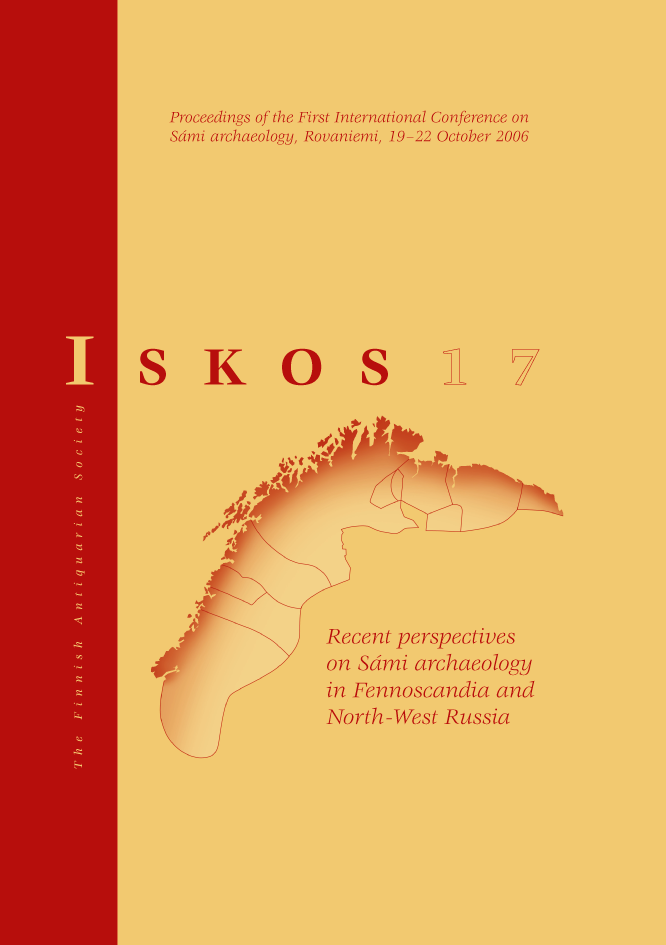Árran – Sámi hearths
A millennium of settlement in a reindeer landscape in the interior of northern Norway
Abstract
In the interior of Troms County, Norway, the cultural diversity provided by the Sámi and the resident population is reflected today in various types of sites, in the oral traditions, and in place names. For several centuries the Sámi have migrated annually with their reindeer from the interior east of the Swedish and Norwegian border (settled in 1752) to the coast.
Archaeological investigations have been carried out by the author in the interior of Troms County: around Lake Devddesjávri in Målselv municipality and in areas connected with the development of military weapons testing grounds at Mauken and Blåtind. Several Sámi residences with árran were excavated. Radio carbon dates indicate that the transition period between reindeer hunting and reindeer pastoralism can be dated from the 15th century AD. The radiocarbon dates from stallo sites also provide, for the first time, evidence of Sámi settlement in the interior of Troms County from the Late Iron Age.
The aim of the ongoing archaeological investigations is to see what occurs in the transition from hunting-based reindeer herding to the nomadic reindeer herding culture. Will new archaeological data confirm or refute knowledge about Sámi reindeer herding and cultural encounters in the interior of northern Norway taking place already before the existing historical documentation?




